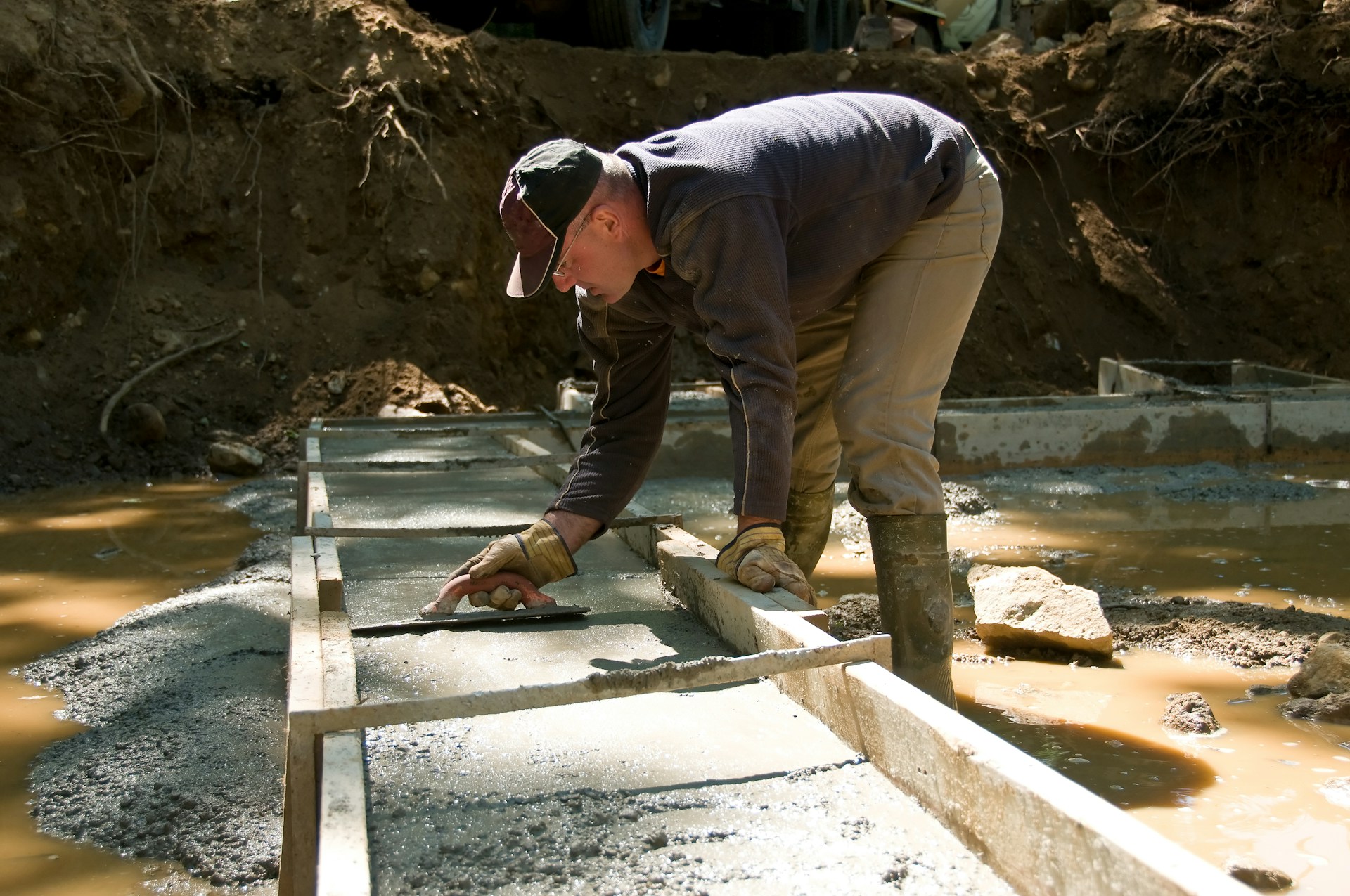When you find signs of sinkhole damage on your property, the first action you are most likely to take, (after you have examined your insurance policy), is to file a claim with your insurance company. After the claim has been filed, the insurance company will assign a claims adjuster to come to your home and investigate the damage.
The claims adjuster’s primary responsibility is to create a record of all the areas of your property that are damaged. He or she will ask questions and take photos of the damage. After the insurance adjuster has examined your property and determined that you may have damage caused by sinkhole activity, he or she will contact you by phone, (or by mail), to tell you that an engineering company, (paid by your home insurance provider), will be doing a further investigation. The engineering company should have qualified experts, like geologists and engineers, who are specialized in identifying sinkhole activity on your property. You may wonder what tools and processes the engineering company uses to find and identify sinkholes. In many cases, all you can see is the damage the sinkhole has caused but you cannot, generally speaking, see the sinkhole itself.
The first thing the engineering company will do is send someone to thoroughly examine your property. Much like the claims adjuster, this person will perform a “walkthrough” of your home to identify the areas where damage has occurred. He or she may also look for depressions and indentations in your yard as these are sometimes linked to sinkhole activity. All the information is carefully logged and photos of the damage are taken.
The next step for the engineering company is to determine what is happening under the ground. If you own a boat, you may have a fish finder. Your fish finder uses Sonar to detect where schools of fish are located. It also maps out the terrain under the water. When looking for sinkholes, the engineering company will use GPR (Ground Penetrating Radar). A GPR unit, which looks a lot like a push lawn mower, uses radar to find abnormalities, such as a sinkhole, hidden beneath the ground. The GPR unit has a digital display that allows the geologist to “see” underground as he or she pushes the unit (in tangential lines) across the property around your house. Images of the subsurface terrain will help the geologist determine if there are any abnormalities like holes or voids, which sometimes indicate sinkhole activity. In a way, the geologist is playing a game of “which of these is not like the other.” Usually, the underground terrain around your yard should all look the same; if it does not, further investigation is required.
If the GPR test indicates that there are abnormalities underground, the geologist may decide to order a Standard Penetration Test (SPT) in the places where the abnormalities are found. With SPT, a borehole is drilled, (in three and a half feet segments at a time), into the ground. When the drill is pulled out, a hollow tube, called a “split spoon sampler” is placed at the bottom of the drill hole and the tube is “hammered” down. Every hammer blow, used to push the tube about six inches into the ground, is counted. This is referred to as a “blow count.” The drilling crew will attempt to push the tube six inches into the ground, three times in a row. The blow count for each six-inch increment is logged. After the tube has descended into the hole about eighteen inches, it is removed. The drill crew will repeat this process in several locations, (at least three),on your property. Each time the tube is brought up, it is emptied, and soil samples are placed in jars for analysis in a laboratory.
The soil samples taken from your property help a geologist or engineer determine if your home sits on solid ground or on soil that is loose and unable to bear weight. The density of the soil at different depths has a value called the “N-Value.” A high N-Value (50) indicates that it took fifty hammer blows or more to get through the six inches of underground soil described earlier. A very low N-Value (< 15), particularly after the first five to ten feet, indicates that your home may be endangered by loose soil. A value of zero may indicate a sinkhole or a void (an empty space) under the ground. Zero values are sometimes indicated by a WH or WR code (Weight of Hammer or Weight of Rod) on the engineering report which you receive several weeks after testing is completed.
If your report confirms sinkhole-related damage, then your next step is to find a reputable sinkhole repair company. As a recognized leader in sinkhole remediation and with over a decade of experience, Helicon has completed thousands of successful projects. Call us. We will help make the sinkhole repair process as painless as possible for you and your family. The more you know, the better we can serve you.





